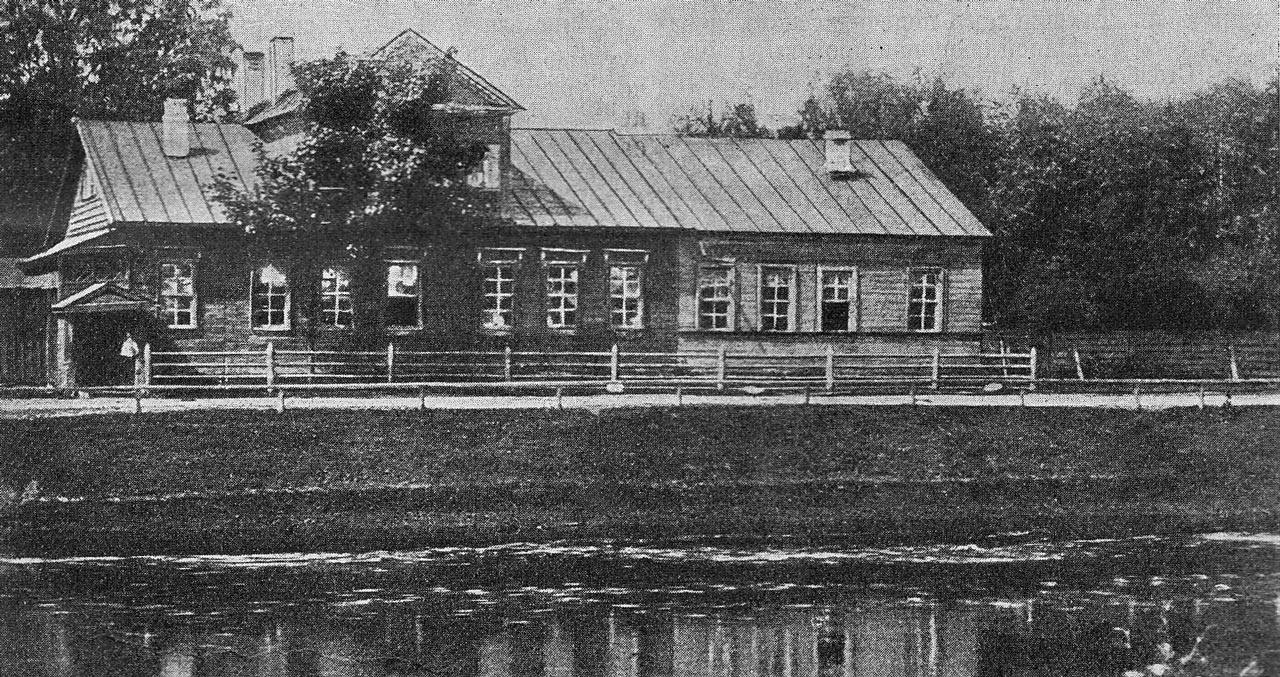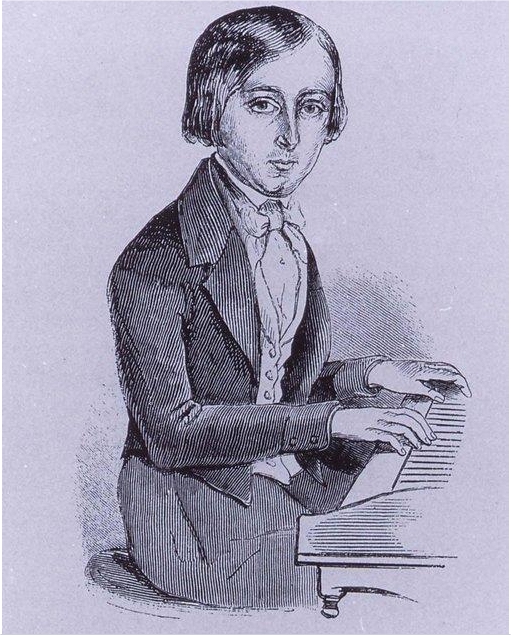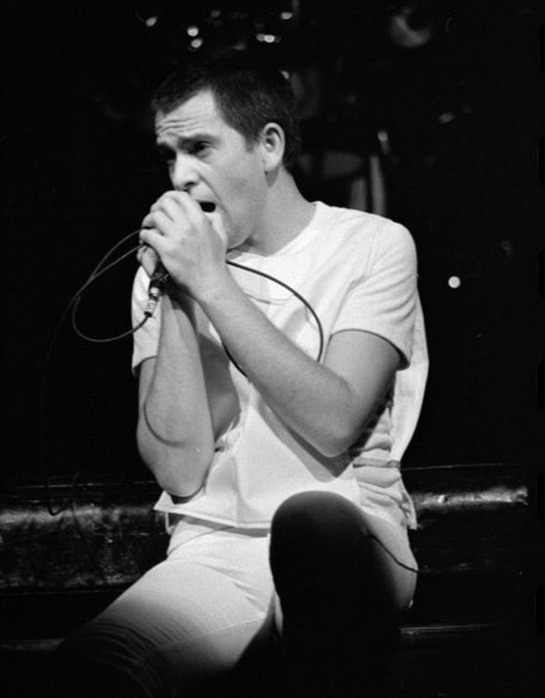|
Annette Dytrt
Annette Dytrt, also Dytrtová (born 7 September 1983), is a German former competitive figure skater who also competed internationally for the Czech Republic. She is the 1999 Czech national champion and the 2003–06 German national champion. Personal life Annette Dytrt was born in Landshut, Germany, the daughter of Czech immigrants. She moved to the Czech Republic with her elder sister, Veronika Dytrt, in 2001 but returned to Germany after a year and a half. Career She won the 1999 Czech National Championships under the name Annette Dytrtová. Dytrt won gold at the German National Figure Skating Championships between 2003 and 2006 and made numerous appearances at the European and World Figure Skating Championships. In spring 2006, Dytrt tried pair skating with skating partner Norman Jeschke but their partnership was brief and they never competed together in international competition. Dytrt skated in the TV show "Stars auf Eis", a German version of Dancing on Ice, and th ... [...More Info...] [...Related Items...] OR: [Wikipedia] [Google] [Baidu] |
Germany
Germany, officially the Federal Republic of Germany, is a country in Central Europe. It lies between the Baltic Sea and the North Sea to the north and the Alps to the south. Its sixteen States of Germany, constituent states have a total population of over 84 million in an area of , making it the most populous member state of the European Union. It borders Denmark to the north, Poland and the Czech Republic to the east, Austria and Switzerland to the south, and France, Luxembourg, Belgium, and the Netherlands to the west. The Capital of Germany, nation's capital and List of cities in Germany by population, most populous city is Berlin and its main financial centre is Frankfurt; the largest urban area is the Ruhr. Settlement in the territory of modern Germany began in the Lower Paleolithic, with various tribes inhabiting it from the Neolithic onward, chiefly the Celts. Various Germanic peoples, Germanic tribes have inhabited the northern parts of modern Germany since classical ... [...More Info...] [...Related Items...] OR: [Wikipedia] [Google] [Baidu] |
Short Program (figure Skating)
The short program of figure skating is the first of two segments of competitions, skated before the free skating program. It lasts, for both senior and junior Single skating, singles and Pair skating, pair skaters, 2 minutes and 40 seconds. In synchronized skating, for both juniors and seniors, the short program lasts 2 minutes and 50 seconds. Vocal music with lyrics is allowed for all disciplines since the 2014–2015 season. The short program for single skaters and for pair skaters consists of seven required elements, and there are six required elements for synchronized skaters. Overview The short program, along with the Free skating, free skating program, is a segment of single skating, pair skating, and synchronized skating in international competitions and events for both junior and senior-level skaters. It has been previously called the "original" or "technical" program. The short program was added to single skating in 1973, which created a three-part competition until compu ... [...More Info...] [...Related Items...] OR: [Wikipedia] [Google] [Baidu] |
Spartacus (ballet)
''Spartacus'' () is a ballet by Aram Khachaturian (1903–1978). The work follows the exploits of Spartacus, the leader of the Slavery, slave uprising against the Ancient Rome, Romans known as the Third Servile War, although the ballet's storyline takes considerable liberties with the historical record. Khachaturian composed ''Spartacus'' in 1954, and was awarded a Lenin Prize for the composition that same year. It was first staged in Leningrad on 27 December 1956, as choreographed by Leonid Yakobson, for the Kirov Theatre of Opera and Ballet (Mariinsky Theatre), where it stayed in repertory for many years, but only with qualified success since Yakobson abandoned conventional ''pointe'' in his choreography. Yakobson restaged his version for the Bolshoi in 1962 and it was part of the Bolshoi's 1962 tour to New York. The ballet received its first staging at the Bolshoi Theatre, Moscow in 1958, choreographed by Igor Moiseyev; however it was the 1968 production, choreographed by Yury ... [...More Info...] [...Related Items...] OR: [Wikipedia] [Google] [Baidu] |
Johann Sebastian Bach
Johann Sebastian Bach (German: Help:IPA/Standard German, [ˈjoːhan zeˈbasti̯an baχ]) ( – 28 July 1750) was a German composer and musician of the late Baroque music, Baroque period. He is known for his prolific output across a variety of instruments and forms, including the orchestral ''Brandenburg Concertos''; solo instrumental works such as the Cello Suites (Bach), cello suites and Sonatas and Partitas for Solo Violin (Bach), sonatas and partitas for solo violin; keyboard works such as the ''Goldberg Variations'' and ''The Well-Tempered Clavier''; organ works such as the ' and the Toccata and Fugue in D minor, BWV 565, Toccata and Fugue in D minor; and choral works such as the ''St Matthew Passion'' and the Mass in B minor. Since the 19th-century Reception of Johann Sebastian Bach's music, Bach Revival, he has been widely regarded as one of the greatest composers in the history of Western music. The Bach family had already produced several composers when Joh ... [...More Info...] [...Related Items...] OR: [Wikipedia] [Google] [Baidu] |
Nikolai Rimsky-Korsakov
Nikolai Andreyevich Rimsky-Korsakov. At the time, his name was spelled , which he romanized as Nicolas Rimsky-Korsakow; the BGN/PCGN transliteration of Russian is used for his name here; ALA-LC system: , ISO 9 system: .. (18 March 1844 – 21 June 1908) was a Russian composer, a member of the group of composers known as The Five. He was a master of orchestration. His best-known orchestral compositions—'' Capriccio Espagnol'', the '' Russian Easter Festival Overture'', and the symphonic suite '' Scheherazade''—are staples of the classical music repertoire, along with suites and excerpts from some of his fifteen operas. ''Scheherazade'' is an example of his frequent use of fairy-tale and folk subjects. Rimsky-Korsakov believed in developing a nationalistic style of classical music, as did his fellow composer Mily Balakirev and the critic Vladimir Stasov. This style employed Russian folk song and lore along with exotic harmonic, melodic and rhythmic elements in a ... [...More Info...] [...Related Items...] OR: [Wikipedia] [Google] [Baidu] |
Scheherazade (Rimsky-Korsakov)
''Scheherazade'', also commonly ''Sheherazade'' ( rus, Шехеразада, Shekherazada, ʂɨxʲɪrɐˈzadə), Op. 35, is a symphonic suite composed by Nikolai Rimsky-Korsakov in 1888 and based on ''One Thousand and One Nights'' (also known as ''The Arabian Nights)''. This orchestral work combines two features typical of Russian music in general and of Rimsky-Korsakov in particular: dazzling, colorful orchestration and an interest in the East, which figured greatly in the history of Imperial Russia, as well as Orientalism in general. The name "Scheherazade" refers to the main character Scheherazade of ''One Thousand and One Nights''. It is one of Rimsky-Korsakov's most popular works. Background During the winter of 1887, as he worked to complete Alexander Borodin's unfinished opera '' Prince Igor,'' Rimsky-Korsakov decided to compose an orchestral piece based on pictures from ''One Thousand and One Nights'' as well as separate and unconnected episodes.Rimsky-Korsakov, Niko ... [...More Info...] [...Related Items...] OR: [Wikipedia] [Google] [Baidu] |
Camille Saint-Saëns
Charles-Camille Saint-Saëns (, , 9October 183516 December 1921) was a French composer, organist, conductor and pianist of the Romantic music, Romantic era. His best-known works include Introduction and Rondo Capriccioso (1863), the Piano Concerto No. 2 (Saint-Saëns), Second Piano Concerto (1868), the Cello Concerto No. 1 (Saint-Saëns), First Cello Concerto (1872), ''Danse macabre (Saint-Saëns), Danse macabre'' (1874), the opera ''Samson and Delilah (opera), Samson and Delilah'' (1877), the Violin Concerto No. 3 (Saint-Saëns), Third Violin Concerto (1880), the Symphony No. 3 (Saint-Saëns), Third ("Organ") Symphony (1886) and ''The Carnival of the Animals'' (1886). Saint-Saëns was a musical prodigy; he made his concert debut at the age of ten. After studying at the Paris Conservatoire he followed a conventional career as a church organist, first at Saint-Merri, Paris and, from 1858, La Madeleine, Paris, La Madeleine, the official church of the Second French Empire, Fr ... [...More Info...] [...Related Items...] OR: [Wikipedia] [Google] [Baidu] |
Le Cygne
"Le cygne", , or "The Swan", is the 13th and penultimate movement of ''The Carnival of the Animals'' by Camille Saint-Saëns. Originally scored for solo cello accompanied by two pianos, it has been arranged and transcribed for many instruments but remains best known as a cello solo. Music The piece is in 6/4 (time signature), with a key signature of G major and a tempo marking ''andantino grazioso''. The slow cello melody is accompanied by almost constant broken chord figurations on the pianos. When performed as a separate movement, not in the context of ''The Carnival'', "The Swan" is frequently played with accompaniment on only one piano. This is the only movement from ''The Carnival of the Animals'' that the composer allowed to be played in public during his lifetime. He thought the remaining movements were too frivolous and would damage his reputation as a serious composer. "Le cygne" illustrates the fleeting nature of beauty with its interpretation of the legend of the ... [...More Info...] [...Related Items...] OR: [Wikipedia] [Google] [Baidu] |
Peter Gabriel
Peter Brian Gabriel (born 13 February 1950) is an English singer, songwriter, musician, and human rights activist. He came to prominence as the original frontman of the rock band Genesis. He left the band in 1975 and launched a solo career with " Solsbury Hill" as his first single. After releasing four successful studio albums, all titled ''Peter Gabriel'', his fifth studio album, '' So'' (1986), became his best-selling release and is certified triple platinum in the UK and five times platinum in the US. The album's most successful single, " Sledgehammer", won a record nine MTV Awards at the 1987 MTV Video Music Awards. A 2011 ''Time'' report said "Sledgehammer" was the most played music video of all time on MTV. A supporter of world music for much of his career, Gabriel co-founded the World of Music, Arts and Dance (WOMAD) festival in 1982, and has continued to produce and promote world music through his Real World Records label. He has pioneered digital distribution met ... [...More Info...] [...Related Items...] OR: [Wikipedia] [Google] [Baidu] |
Music For The Last Temptation Of Christ
Music is the arrangement of sound to create some combination of form, harmony, melody, rhythm, or otherwise expressive content. Music is generally agreed to be a cultural universal that is present in all human societies. Definitions of music vary widely in substance and approach. While scholars agree that music is defined by a small number of specific elements, there is no consensus as to what these necessary elements are. Music is often characterized as a highly versatile medium for expressing human creativity. Diverse activities are involved in the creation of music, and are often divided into categories of composition, improvisation, and performance. Music may be performed using a wide variety of musical instruments, including the human voice. It can also be composed, sequenced, or otherwise produced to be indirectly played mechanically or electronically, such as via a music box, barrel organ, or digital audio workstation software on a computer. Music often plays a key r ... [...More Info...] [...Related Items...] OR: [Wikipedia] [Google] [Baidu] |







